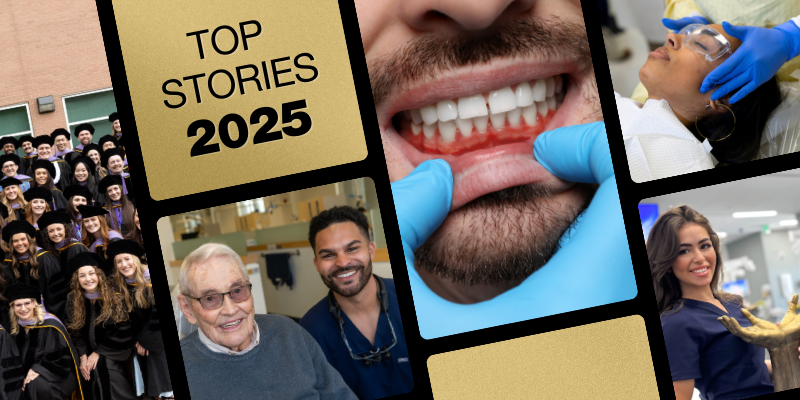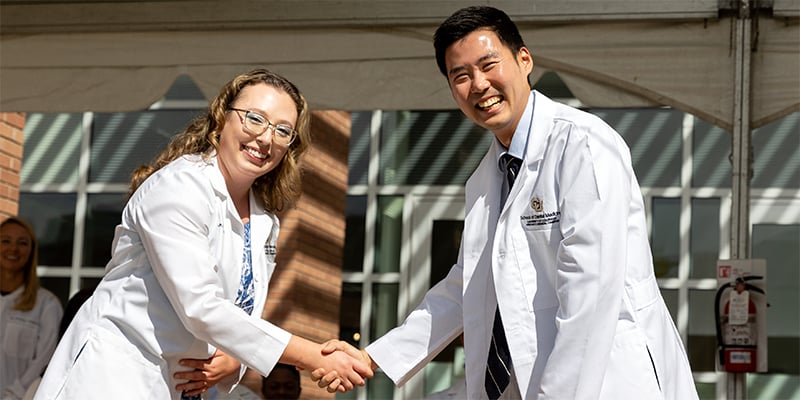Known for his extensive research and work at the National Institute of Dental and Craniofacial Research (NIDCR), Dr. Bruce Dye, will begin a new chapter at the University of Colorado School of Dental Medicine. Dye now serves as the Department Chair for Community Dentistry and Population Health and the Delta Dental Endowed Chair of Early Childhood Caries Prevention.
In his new role, Dye said he looks forward to “learning the secrets of an academic profession, exploring research collaborations, promoting the virtues of dental public health, and deciding if I can be convinced that the PAC 12 is better than the Big Ten.”
Beyond figuring out what conference is best, Dye shared what he likes most about the dental profession--looking for solutions that can lead to solving problems and improving people’s lives.
“I think this resonates for many of us classically trained as clinicians. The extension for us working in public health is the patient now becomes the community,” He said. “For me, improving our understanding of how oral diseases impact our lives and identifying effective measures to address these issues brings great satisfaction to me.”
For more than ten years—Dye worked at the National Center for Health Statistics (NCHS), part of the Centers for Disease Control and Prevention (CDC). He guided dental examiners for the National Health and Nutrition and Examination Survey (NHANES) during his tenure.
He was the Director of the Dental Public Health and Informatics Fellowship Program at the NIDCR. He has written and collaborated on several research projects and studies: dental caries epidemiology, periodontal disease, and oral health research methodology. He’s written more than 80 scientific studies, awarded for his excellence in science and recognized by the CDC and the American Academy of Periodontology.
Dye has also worked on the government’s first retrospective and comprehensive report in 20 years on oral health for the National Institutes of Health (NIH).
He shared, “Working on the soon-to-be-released NIH report on “Oral Health in America” has been, by far, the most challenging, illuminating, and rewarding activity I have ever had the opportunity to be part of. The development of this report was community-driven. We have relied on hundreds of subject matter experts to help contribute to the report and a couple of dozen of editors to help organize and edit the contributions.” Dye continued, “In addition, we’ve called on the community to inform us what they think works at advancing oral health.”
He mentioned this new report “will contribute to the advancement of our profession, guide new research initiatives, and lead to new interventions that can help to improve oral health.” He said one of the key parts of the report is reinforcing the importance that oral health is essential to overall health and despite some important advances in oral health in the last 20 years that have benefited many us, we are still challenged by inadequate access to dental care.
As Dye continues to make his mark in dental medicine, he said that he describes his proudest accomplishment reflecting on Robert Frost’s poem, “The Road Not Taken.” He explained: “I have been very fortunate to experience dentistry from several different places, to travel and to collaborate with people from many parts of the world, and to be on a professional journey that is less traveled. But my most important accomplishment is raising a family.”
CU Anschutz
School of Dental Medicine
13065 East 17th Avenue
Aurora, CO 80045



